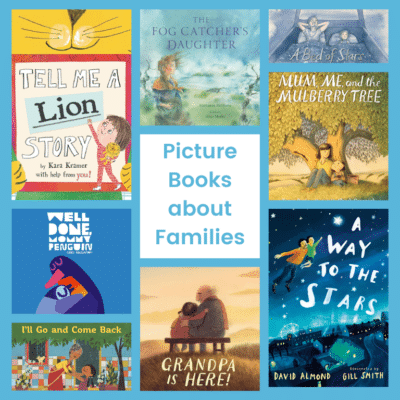Is it just me, or is time short{er}?
“I’ve got way too much instructional time,” said no teacher ever. It seems like every year teachers notice they have less and less “seat time” with their students and more and more to do with that little bit.
That means that teachers have to play a game of Tetris: Time Edition, piecing together bits of time and scraping it out like the inside of the peanut butter jar.
Time’s Secret Hiding Place
Guess where a lot of time is hiding? After tests. No, really, hear me out. One thing about tests – there aren’t fewer of ‘em, that’s for sure. When you give a test, someone will be the last to finish, which means that all of the other students could have been actually doing something connected to your class while they waited. So find the silver lining of untapped minutes in your classroom by planning ahead for how to use that time. If you don’t, your students will fill their own time with super useful tasks, right?
First, you have to decide how you will deal with after-test activities. Are they required? Are they extra credit? Are they a head start? Make sure you think this through so you don’t penalize kids for taking their time on assessments. Once you’ve figured that out, here are some ideas for how to soak up that spilled time.
Ideas for Using the Time
Some of these ideas may work for you, but if they don’t, brainstorm with colleagues to get some other ideas (and then share them with me, please!).
Test deconstruction:
Give students who turn the test in another copy of the test in a different color paper. This lets you tell who’s done. Have them work through any problems they think they didn’t get with a partner who is also done with the test. You can offer half-credit or some other partial credit if you like.
Centers:
They’re not just for elementary school. Secondary teachers can create “centers” on bulletin boards or in hanging file folders. Put your fave stuff in them that you don’t have time to teach anymore or that is no longer in your scope and sequence but is valuable nonetheless.
Reading:
This goes beyond having kids pull out their books they brought from home. Stock your classroom with related, interesting reading (think graphic novels and magazines). You don’t want anything that is not put-downable or you may create contention when you try to restart the class as a whole.
I love to order magazines from bestdealmagazines.com. They have terrific prices, a wide selection of really off the wall topics, and you can almost always find a coupon code lurking on the net somewhere.
Task Cards:
Come up with practice activities kids can do in small increments of time. Print the tasks on cardstock and laminate them. You can use different colors of cardstock for different times (one, five, and ten minute tasks, for example).
A great use for these would be to introduce students to upcoming study topics. This is a brain friendly possibility because we are programmed to think things we’ve heard of before are a) more important, and b) true.
Art
Have art supplies on hand for short creative activities (like that cool stuff you’re always finding on Pinterest).
There are some great free printable coloring pages with curriculum connections all over the net. Some of my faves are at National Geographic, TLS Books, Education.com, and EducationalColoringPages.com. This LiveBinder is all educational coloring pages.
I’ve saved my absolute favorite for last! Mindware has wonderful coloring pages and incredible dot-to-dot books you can buy for really reasonable prices (I find mine at Michael’s & use my 40% off coupon – booyah!). What’s even better is that you can download and print (for free!) sample pages from nearly every book they publish. Be still my heart!
Kinesthetics
Build in a physical break, but don’t make the mistake of training kids to make a run for the restroom after tests. Allow them to leave during tests (sans electronics, bien sur), so you don’t end up with a rush out the door as your inbox piles up. Physical breaks can be task cards with low-impact exercise tasks on them. This video shows some great finger/wrist stretching that can be done with minimum disruption of people nearby.
I’d love to hear from you how you use post-test time. It’s an untapped resource in many classrooms!




